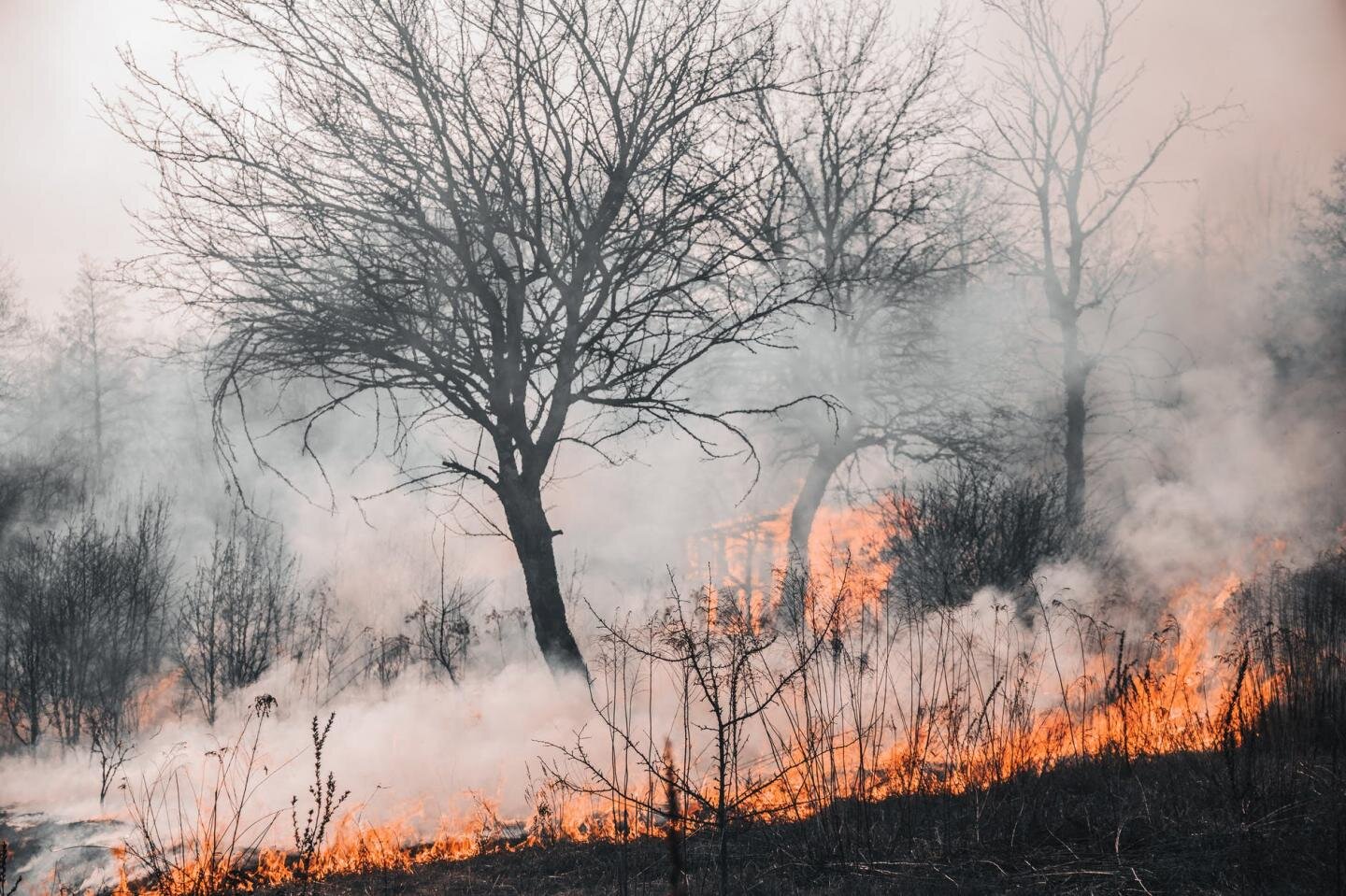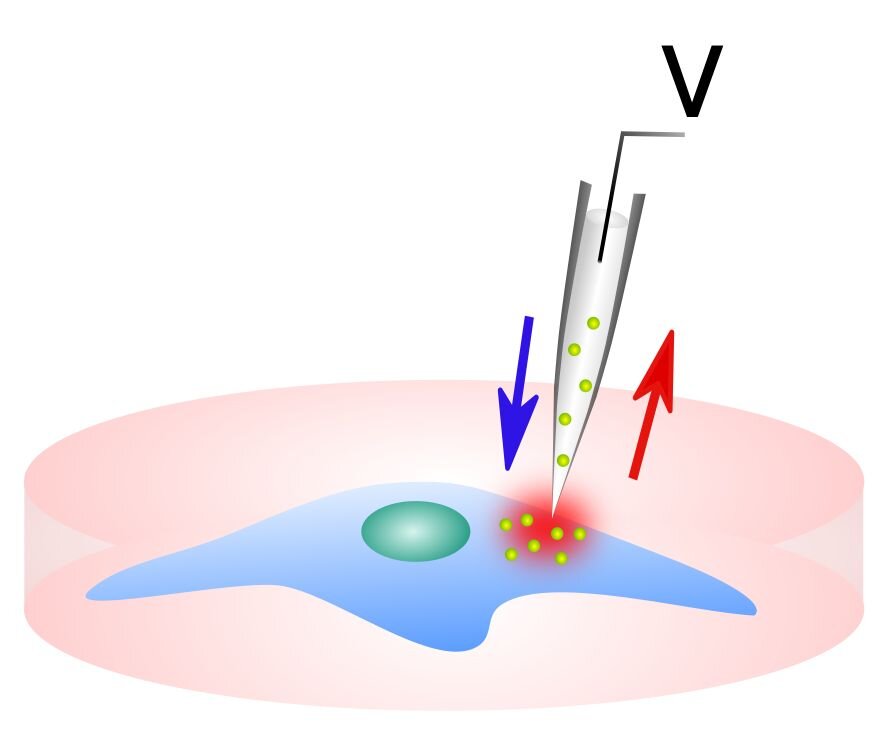#’Best case’ goals for climate warming which could still result in massive wildfire risk

“#’Best case’ goals for climate warming which could still result in massive wildfire risk”

The landmark 2015 Paris Agreement resulted in multiple studies examining the impact of global temperature increases, but these rarely investigate the effect of warming on “fire weather” conditions. Now, in a new study, scientists have found that by projecting two different types of fire weather conditions, an additional half-degree of warming could drastically increase the likelihood and significance of blazes worldwide.
Under the 2015 Paris Agreement, the United Nations Framework Convention on Climate Change agreed to pursue efforts to limit the temperature increase to 2.0°C and, ideally, to 1.5°C, over preindustrial levels. However, even before that treaty was signed, scientists had already warned that those “best case” targets were unlikely to be achievable. Consequently, many fire weather studies are built with models that simulate much higher levels of climate warming.
Recently, researchers from South Korea, Japan, and the United States have found that by projecting the fire weather conditions under two mildly varying warming levels—one in which the global climate warms by 1.5°C and the other by 2°C—even just a half-degree of warming could significantly increase the likelihood and significance of wildfires!
“When it comes to the conditions that make wildfires more likely, a little bit of warming goes a long way,” explained lead author Rackhun Son, Ph.D. candidate at Gwangju Institute of Science and Technology (GIST), Korea, “but, of course, this is troubling, because it is quite unlikely that we will only be experiencing a little bit of warming.”
“Although it is reasonable to look at fire weather under more extreme circumstances, there is little sense in making goals without a good understanding of what might happen if you were to reach those goals,” said co-author Seung-Hee Kim of Chapman University, “so, we asked ‘what would happen if we did reach these goals? Would the fire weather conditions not become as severe?'”
That answer is complex, but this study’s key finding is that just a half a degree of additional warming would likely create a notably greater danger of fire on the most widely inhabited continents, with dangers particularly concentrated in the Amazon rainforest and African savanna, and around the Mediterranean. “We also provided evidence that places like Australia and Indonesia are likely to reach peak levels of fire susceptibility even before we reach that lower threshold,” said co-author Simon Wang of Utah State University.
The study does provide a silver lining of hope to this cloud of danger. Commenting on the implications of their findings, Dr. Wang comments, “If we were somehow able to suppress this extra half a degree of warming, we could reduce climate-driven extreme fire activities in many places, potentially saving many lives and billions of dollars.”
The research has been published in the journal Environmental Research Letters.
Researchers model regional impacts of specific anthropogenic activities, their influence on extreme fire weather risk
Rackhun Son et al, Changes in fire weather climatology under 1.5 °C and 2.0 °C warming, Environmental Research Letters (2021). DOI: 10.1088/1748-9326/abe675
Provided by
GIST (Gwangju Institute of Science and Technology)
Citation:
‘Best case’ goals for climate warming which could still result in massive wildfire risk (2021, March 3)
retrieved 3 March 2021
from https://phys.org/news/2021-03-case-goals-climate-result-massive.html
This document is subject to copyright. Apart from any fair dealing for the purpose of private study or research, no
part may be reproduced without the written permission. The content is provided for information purposes only.
If you liked the article, do not forget to share it with your friends. Follow us on Google News too, click on the star and choose us from your favorites.
For forums sites go to Forum.BuradaBiliyorum.Com
If you want to read more Like this articles, you can visit our Science category.



